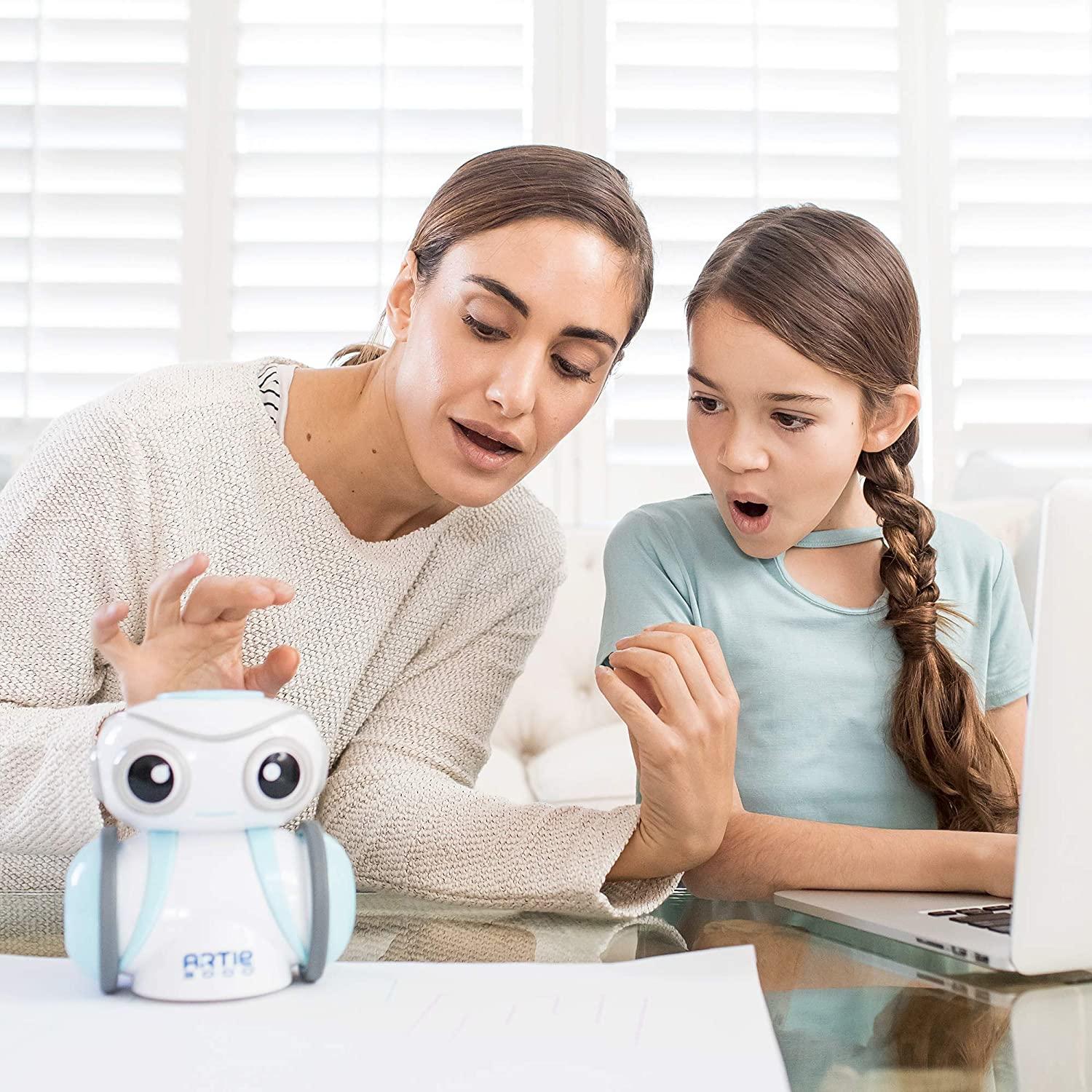Introduction
In the dynamic environment of a classroom, effective management strategies are crucial for teachers to maintain order, foster a positive learning atmosphere, and maximize student engagement. As seasoned educators know, managing a classroom goes far beyond simply delivering lessons—it requires a combination of proactive planning, clear communication, and skillful execution. In this guide, we’ll explore a range of effective classroom management strategies that teachers can implement to create a conducive learning environment for their students.
Establishing Clear Expectations
One of the cornerstones of effective classroom management is establishing clear expectations from the outset. This involves clearly communicating behavioral standards, academic goals, and classroom procedures to students. By setting expectations early on and consistently reinforcing them, teachers can create a sense of structure and predictability that helps minimize disruptions and fosters a focused learning environment.
Creating a Positive Learning Culture
A positive learning culture is essential for student success and classroom harmony. Teachers can cultivate such a culture by promoting respect, empathy, and inclusivity among students. Encouraging collaboration, celebrating achievements, and providing constructive feedback can help foster a supportive atmosphere where students feel valued and motivated to participate actively in their learning.
Utilizing Proactive Classroom Management Techniques
Proactive classroom management involves anticipating and addressing potential issues before they escalate. Teachers can employ a variety of proactive techniques, such as implementing seating arrangements that minimize distractions, establishing routines for transitions and procedures, and incorporating engaging instructional strategies that keep students actively involved in the learning process. By staying ahead of potential disruptions, teachers can maintain control of the classroom and create an optimal environment for learning.
Managing Classroom Behavior Effectively
Effectively managing classroom behavior requires a combination of consistency, fairness, and positive reinforcement. Instead of simply reacting to misbehavior, teachers can proactively teach and model desired behaviors, establish clear consequences for rule infractions, and provide students with opportunities to reflect on and learn from their actions. By addressing behavior issues in a calm and respectful manner, teachers can maintain order while also promoting social and emotional growth.
Building Positive Relationships with Students
Building positive relationships with students is key to effective classroom management. When students feel connected to their teacher and believe that their teacher genuinely cares about their well-being and success, they are more likely to behave positively and engage in learning. Teachers can build rapport with students by showing interest in their interests and experiences, demonstrating empathy and understanding, and providing encouragement and support.
Communicating Effectively with Students and Parents
Effective communication is essential for successful classroom management. Teachers should strive to communicate clearly and consistently with students, outlining expectations, providing feedback on academic performance and behavior, and addressing any concerns or questions that may arise. Additionally, maintaining open lines of communication with parents and guardians can help ensure that everyone is on the same page and working together to support student learning and development.
Continuously Reflecting and Refining Practices
Effective classroom management is an ongoing process that requires reflection, flexibility, and continuous improvement. Teachers should regularly assess their strategies and practices, seeking feedback from colleagues, students, and parents, and adjusting their approach as needed to meet the evolving needs of their students. By embracing a growth mindset and being willing to adapt, teachers can enhance their effectiveness in managing their classrooms and creating optimal learning environments for all students. Read more about tips for teachers to control the class





